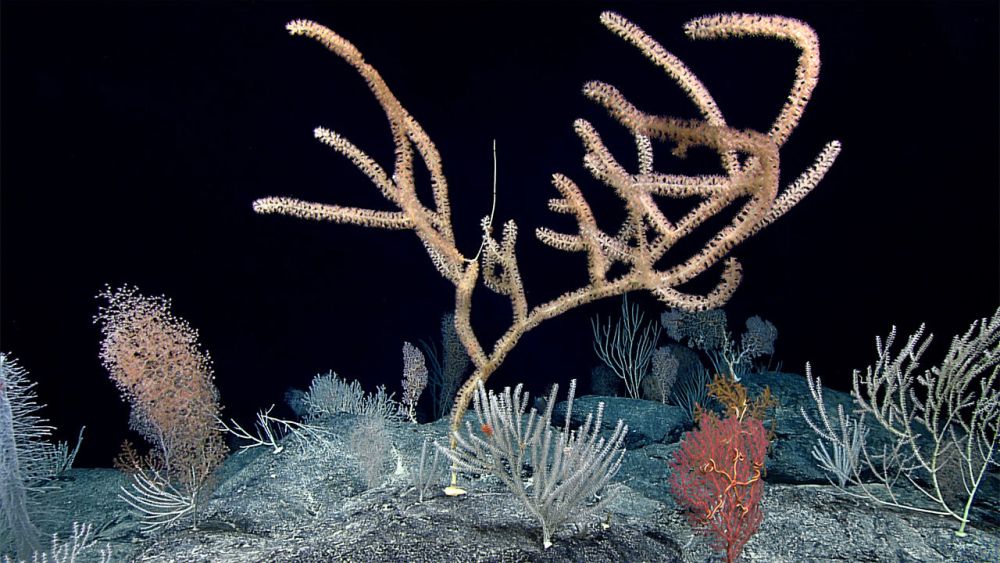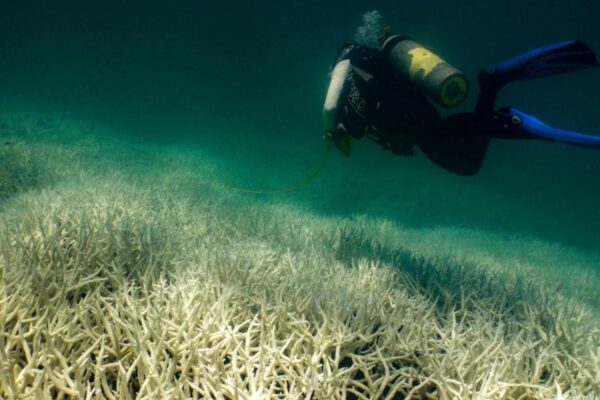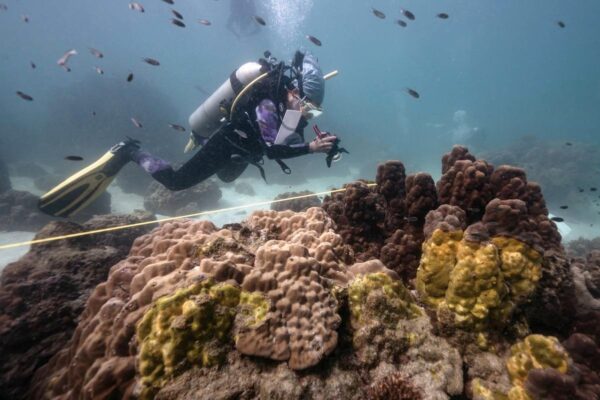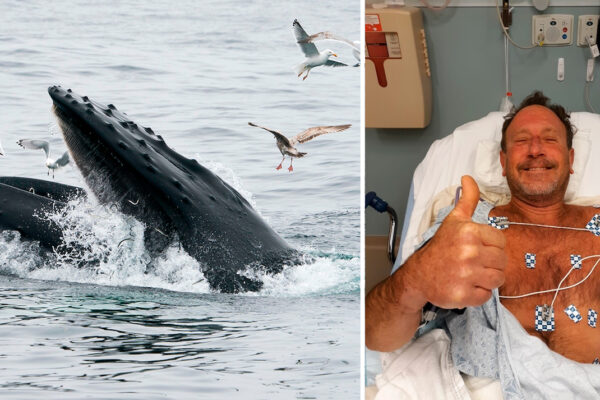Researchers Discover Coral Reef Oasis in Depths of North Pacific Ocean
With the changing climate and increasing global temperatures, the coral reefs on the planet are rapidly dying. While some of them may have adapted to the rising oceanic temperatures, many are bearing the brunt of bleaching and other chemical agents. Aiming to boost the coral reef population in high seas, a team of researchers conducted a comprehensive study of coral reefs in the high-seas, roughly two-thirds of the ocean outside of national jurisdiction. They discovered corals on the Debussy Seamount, a submerged peak over 2000 meters below the surface in the North Pacific Ocean.
The team analysed over half a million observations of reef-building corals and identified 116 reefs located in the high seas. They discovered that most of the corals live between 200 and 1200 meters beneath the surface, but a handful are also found more than 2 kilometers deep. Alike the earlier surveys that have typically located the corals close to shore, this study points that it is likely for more high seas corals still to be found.

Corals on the Debussy Seamount, in depths of the North Pacific Ocean | Image: NOAA Office of Ocean Exploration and Research
The study comes at the time of the launch of the Coral Reefs on the High Seas Coalition, a group of scientific and non-profits that aims to support research cruises to survey the steep, deep-water slopes where many of the reefs are located. The coalition hopes the data will help persuade policymakers to give the endangered ecosystems greater protection in global agreements currently under negotiation.
The deep reefs are some of the most under surveyed of all ocean ecosystems and as they are not protected by the laws of any country, they have become one of the most vulnerable reefs on the planet.
The study further suggests that scientists have much to learn about coral residing beyond the coasts. All accounts of high seas corals were scleractinian, a common family of hard, reef-building coral, and a few were detected much deeper than where they are usually found. Most reefs were discovered on seamounts, escarpments and submarine ridges in the Pacific and Atlantic oceans, with a minority in the Indian Ocean.
It also emphasizes that only one-fifth of the known deep-sea reefs are protected from bottom fishing, for instance, and none is protected from various impacts of shipping. One known reef already survives in an area protected by the seabed mining regulator International Seabed Authority, and two are near active mining exploration contracts.
The coalition targets to collect more information on high-seas reefs. Such expeditions and studies are required to gather an ideal perspective on the ecosystem, its population distribution, and how to protect it from the impacts of climate change.


